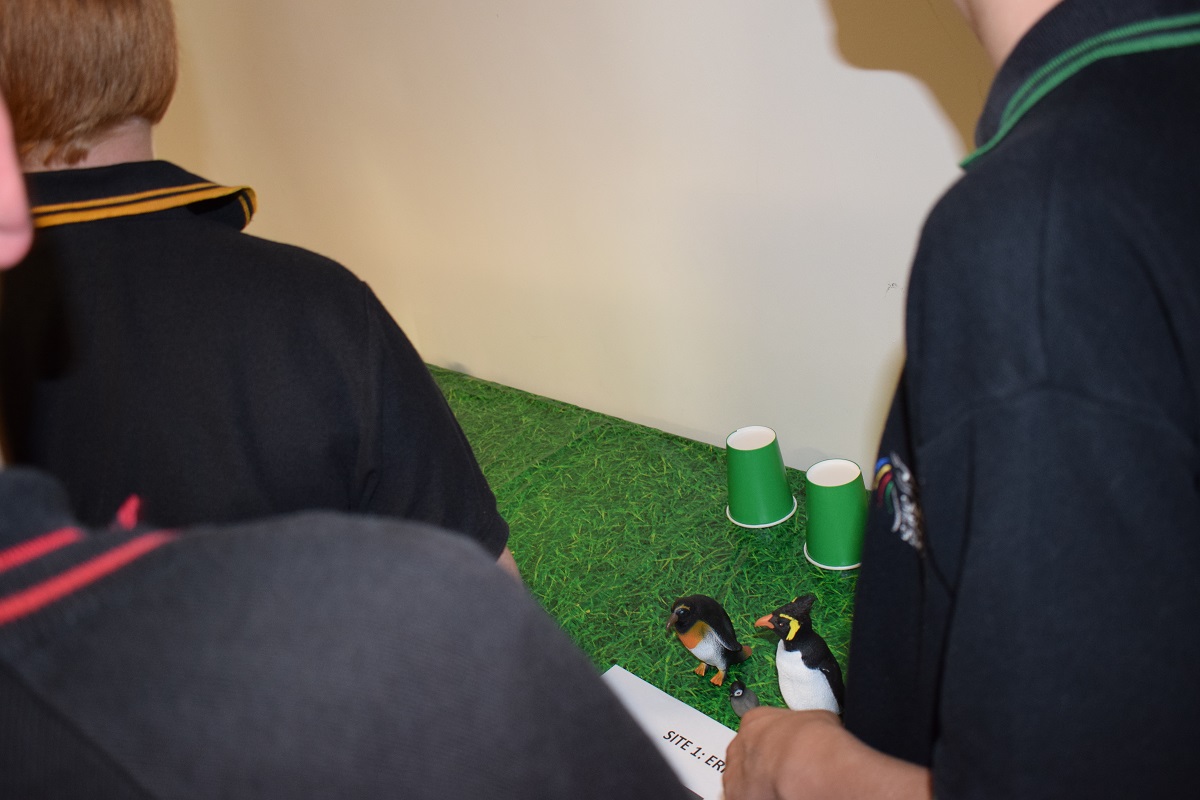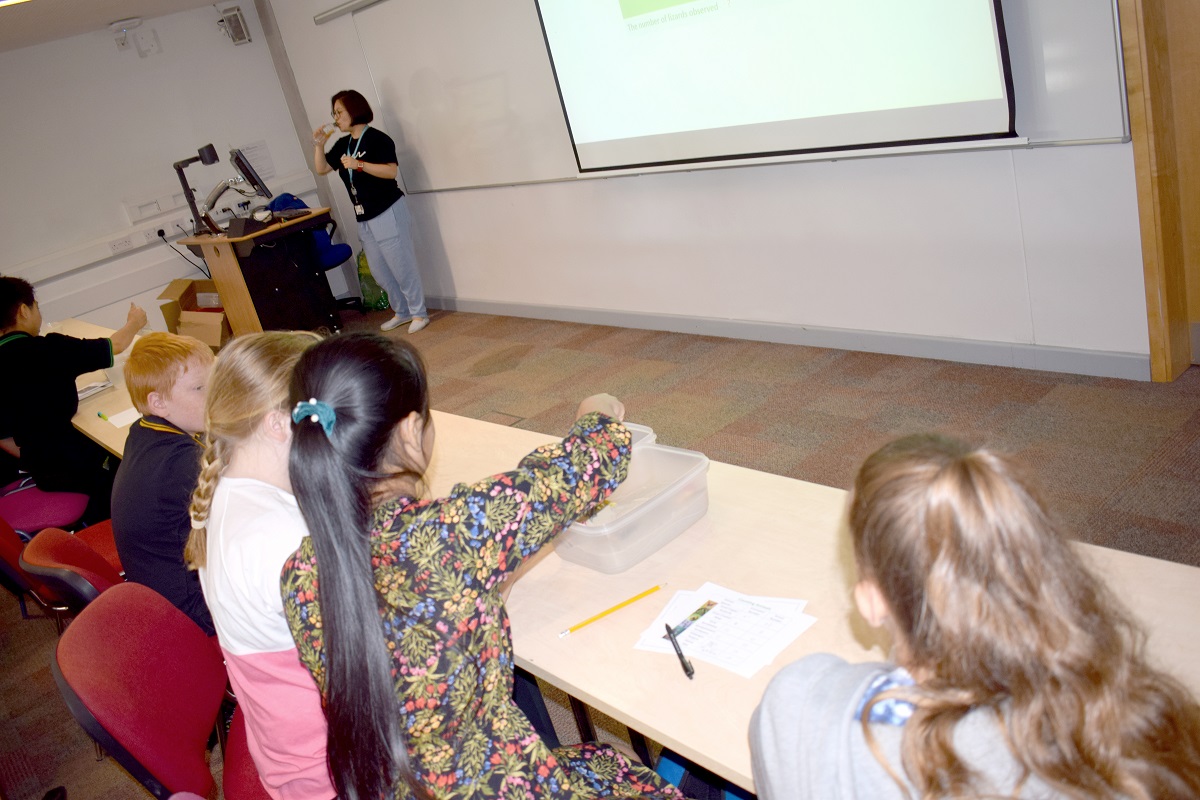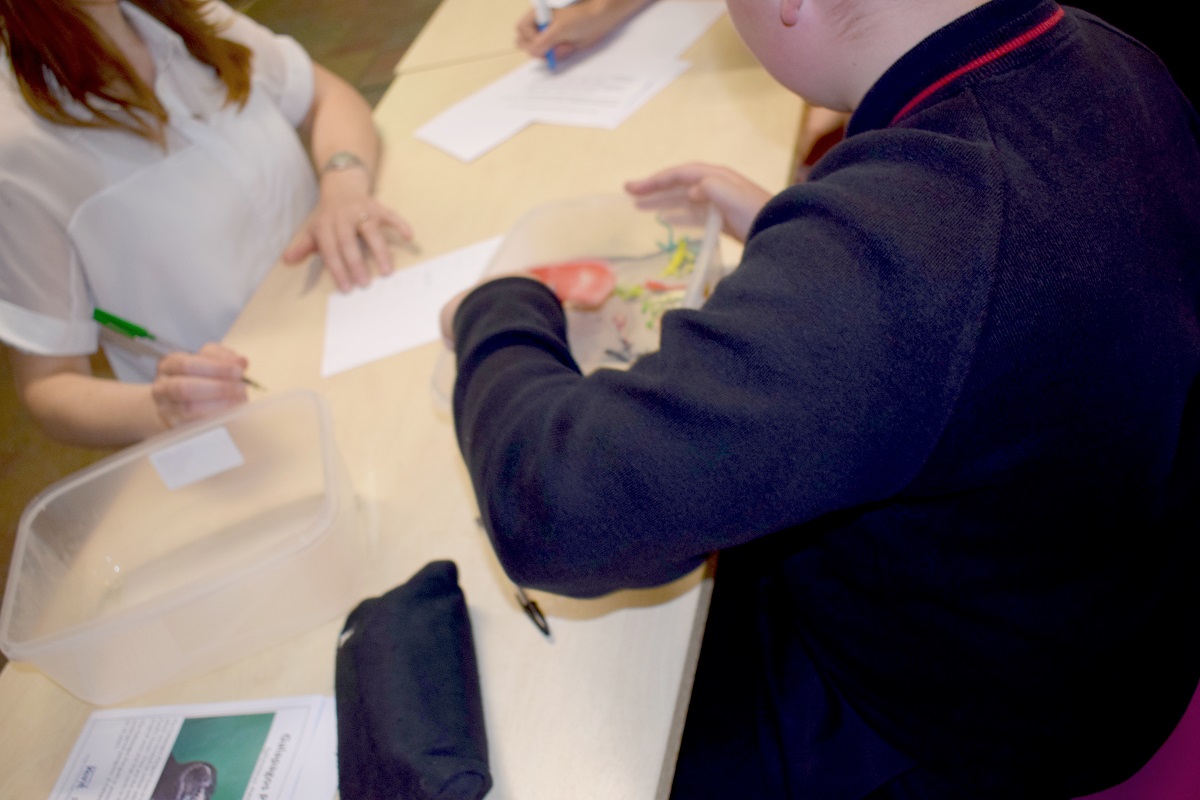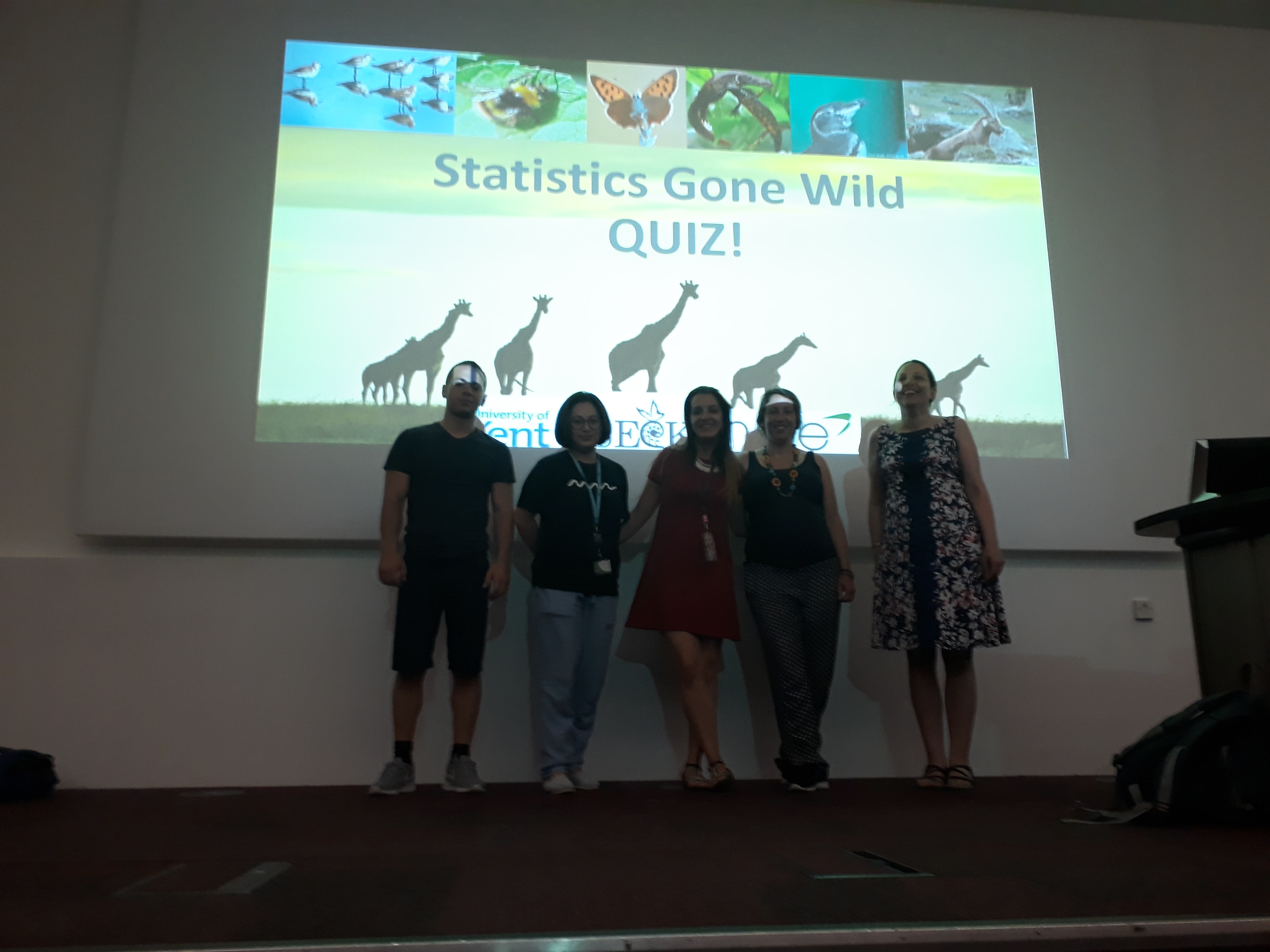As part of our Statistics gone wild event for schools on 23rd June 2017 we highlighted six animal species that our group has been working with. Below you can find out more information about the work the group has been doing on each of these animals.
Small Copper Butterfly (Lycaena phlaeas)
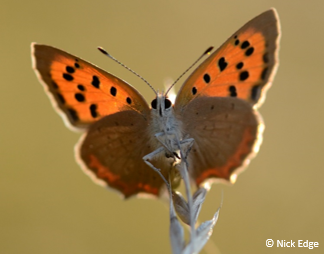
Emily Dennis (formerly University of Kent, currently Butterfly Conservation) and Byron Morgan (University of Kent) working with Butterfly Conservation and the Centre for Ecology and Hydrology have been developing and improving statistical models for monitoring butterfly populations. This includes a recent paper that was published in the journal Ecological Indicators with Tom Brereton (Butterfly Conservation) and David Roy (Centre for Ecology and Hydrology), and the articles in several newspapers:
https://www.theguardian.com/environment/2017/feb/16/urban-butterfly-declines-69-compared-to-45-drop-countryside
http://www.dailymail.co.uk/sciencetech/article-4229306/Paving-gardens-hits-city-butterflies.html
http://butterfly-conservation.org/48-14855/butterflies-declining-faster-in-urban-areas.html
Great Crested Newt (Triturus cristatus)
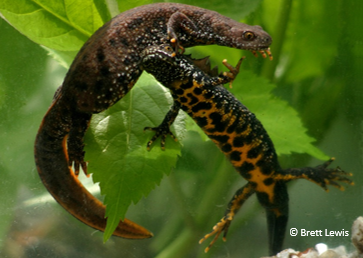
The Durrell Institute for Conservation and Ecology (DICE) at the University of Kent has a long running project that collects data on newt populations breeding in ponds located near the Canterbury campus. Several of the group have helped to collect this data (https://www.kent.ac.uk/smsas/statistics/research/seak-news.html?view=429) . Richard Griffiths, David Sewell and Rachel McCrea looked at statistical models that examine the effect the climate has on the survival of newts, which has been published in Biological Conservation (http://www.sciencedirect.com/science/article/pii/S0006320709004820).
Other studies on Great Crested Newts have looked at removing (and relocating) newts from sites that are being developed. Recent work published in the Annals of Applied Statistics by Eleni Matechou, Rachel McCrea, Byron Morgan, Darryn Nash and Richard Griffiths has developed better statistical models for this type of data (https://kar.kent.ac.uk/55734/7/AOAS949.pdf).
Early Bumblebee (Bombus pratorum)
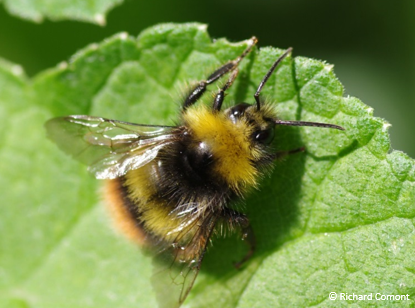
Eleni Matechou has been collaborating with the Bumblebee Conservation Trust and the Centre for Ecology and Hydrology to develop new models for monitoring bumblebee populations using data collected as part of the citizen science scheme BeeWalk. The newly developed models allow us for the first time to estimate bumblebee phenology, defined as the study of cyclic and seasonal natural phenomena, especially in relation to climate and plant and animal life, and within-season productivity, defined as the number of individuals in each caste per colony in the population in that year. The results give a means of considerable ecological detail in examining temporal changes in the complex life-cycle of a social insect in the wild.
Semipalmated Sandpiper (Calidris pusilla)
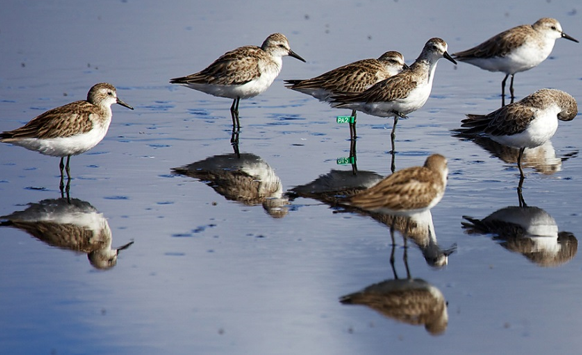
Eleni Matechou in collaboration with researchers from the Department of Statistics, University of Oxford in the UK, the North Carolina Cooperative Fish and Wildlife Research Unit and the Patuxent Wildlife Research Center in the USA, has developed models for estimating the number of migratory birds present at a site each day of the season as well as the total population size. The approach is shown to provide new ecological insights about the stopover behaviour of semipalmated sandpipers as it can distinguish between birds that use multiple stopover sites for brief periods of time and birds that visit fewer sites but have longer stopovers. The work has resulted in two published papers in the Journal of Agricultural, Environmental and Ecological Statistics and in the journal Environmental and Ecological Statistics.
Galapagos Penguin (Spheniscus mendiculus)

Marina Jimenez-Munoz, with Eleni Matechou and Diana Cole, have been working on modeling data from the Charles Darwin Foundation on the Galapagos Penguin collected by Gustavo Jimenez (Charles Darwin Foundation). The Galapagos Penguin is an endangered species which is very vulnerable weather fluctuations (particularly to strong El Niño events), and human activities. These penguins nest in islands, often in cavities which are of difficult access to biologists. For this reason data collection may be at times challenging, resulting in low capture probabilities and/or misleading counts. The aim is to build an integrated analysis which combines multilevel occupancy and mark-recapture data in order to estimate the change in abundance and survival for this species.
Alpine Ibex (Capra ibex)
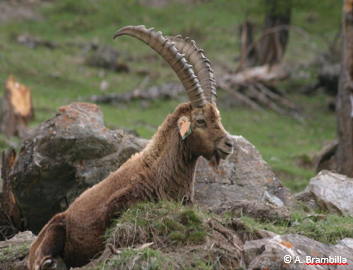
Rachel McCrea has been working with Achaz von Hardenberg from University of Chester on modeling data on the Alpine Ibex. The Alpine ibex population in Gran Paradiso National Park (Northwestern Italian Alps) has suffered a dramatic decline over the last 20 years. Previous models, based on total count data available since 1956, identified density dependence and winter snow cover as the main drivers of the population dynamics until it reached its peak in 1993, but were unable to predict the subsequent decline. The population fall-off is associated with a strong decline in kid survival which passed from an average of 0.58 (rate of kids which reach the yearling stage in 1981-1990) to an average of 0.35 in the last 10 years. Two main hypotheses have been proposed to explain this decline: i) Ageing of the population: in ungulates older females are known to have lower fertility and produce less viable kids; ii) Mismatch between trophic and breeding phenology due to climate change. Current research involves fitting integrated population models to determine which of these hypotheses drives the observed dynamics. Integrated population modeling involves combining two or more different types of data, with different models, in one integrated analysis.

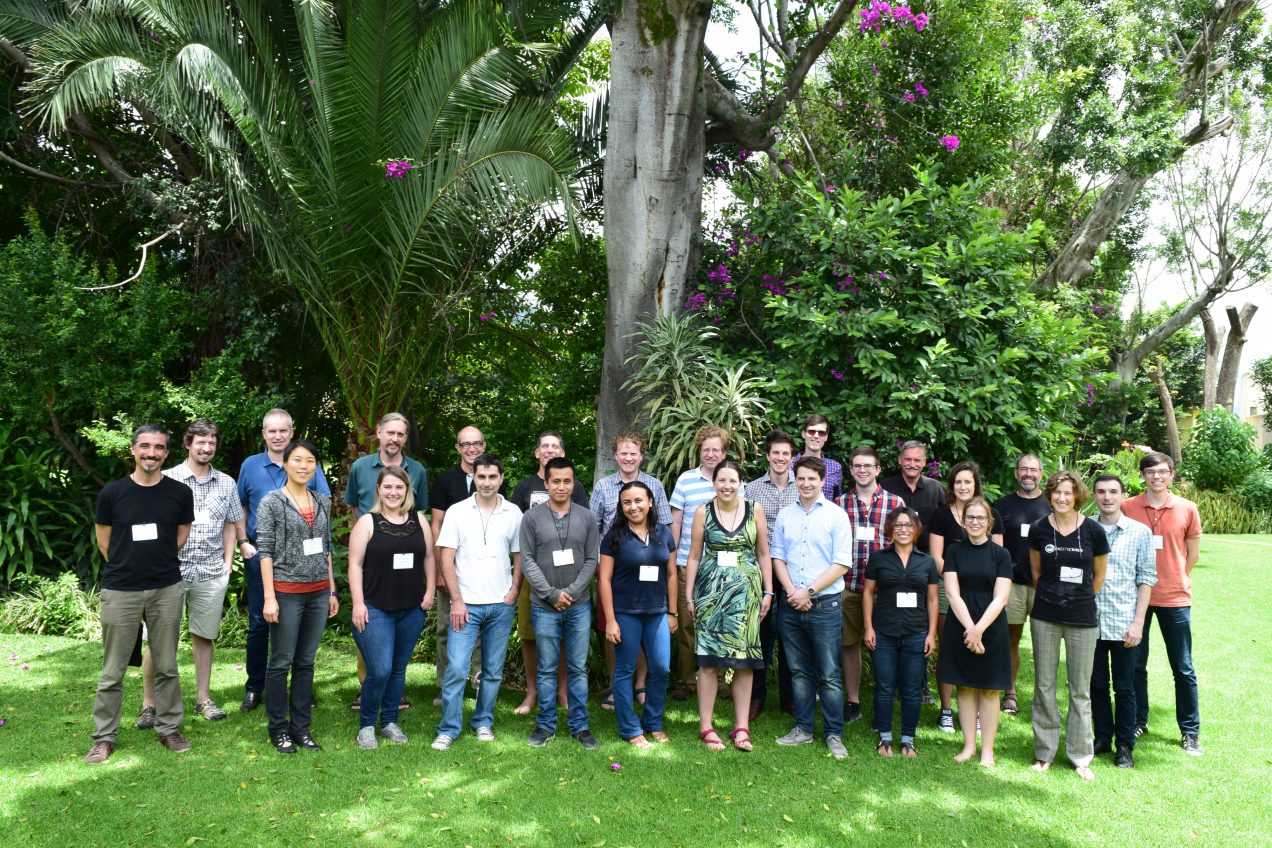
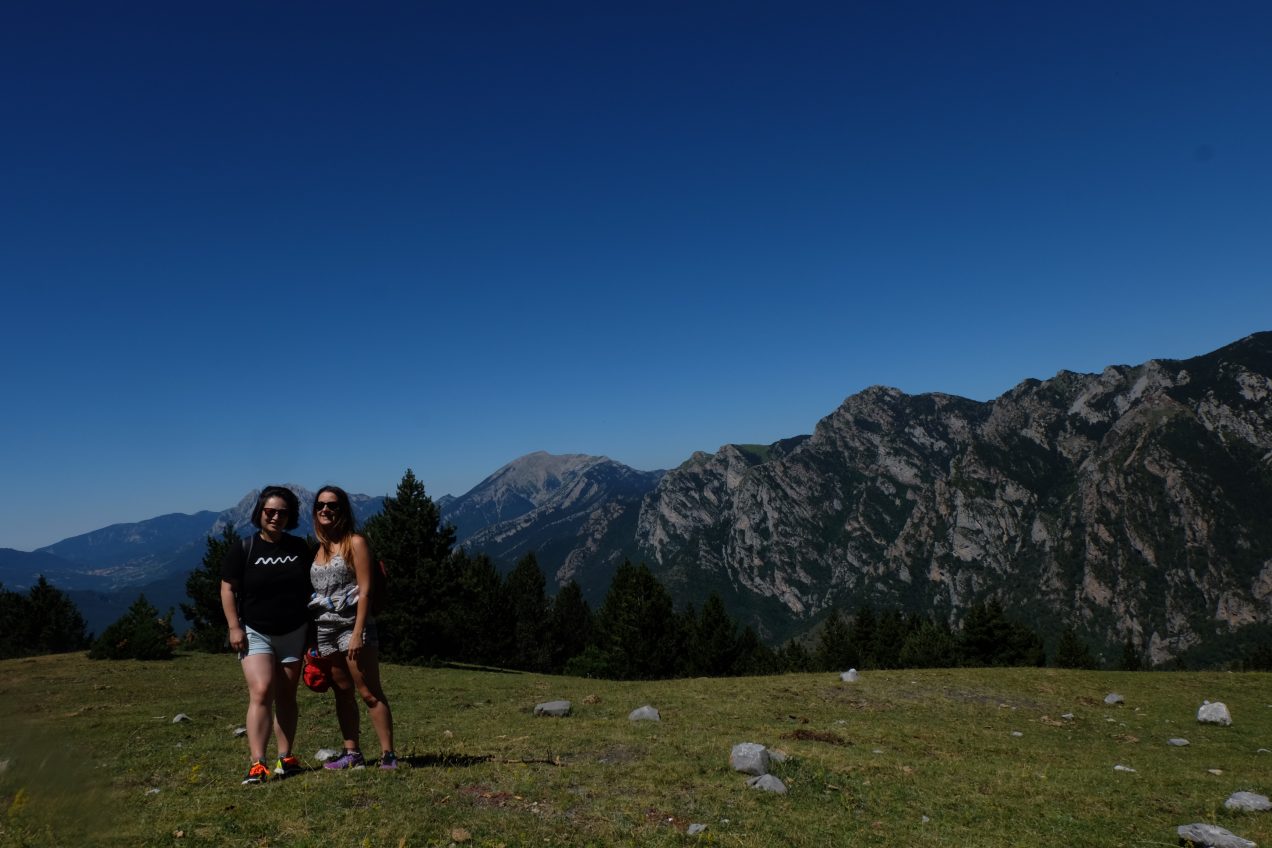
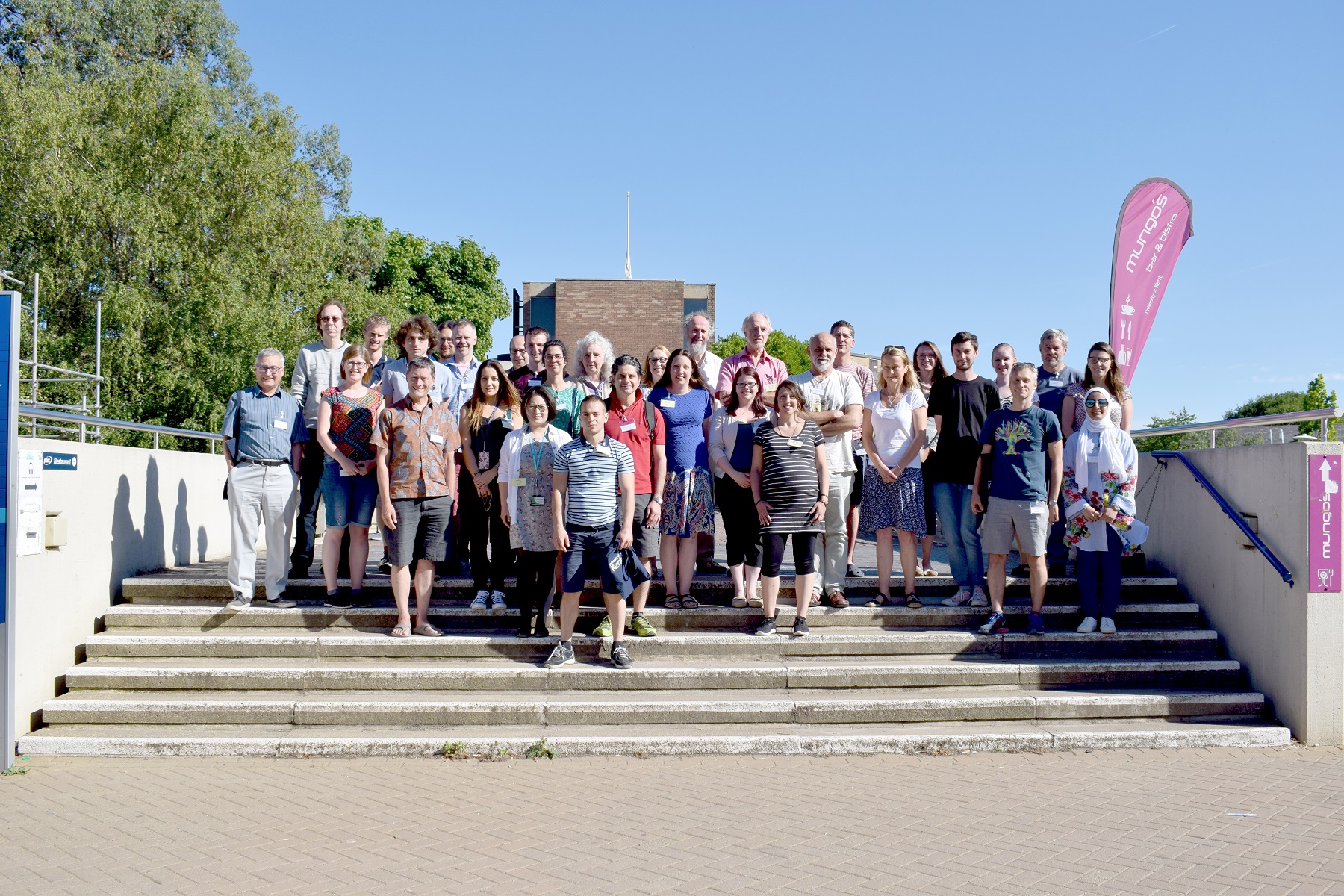
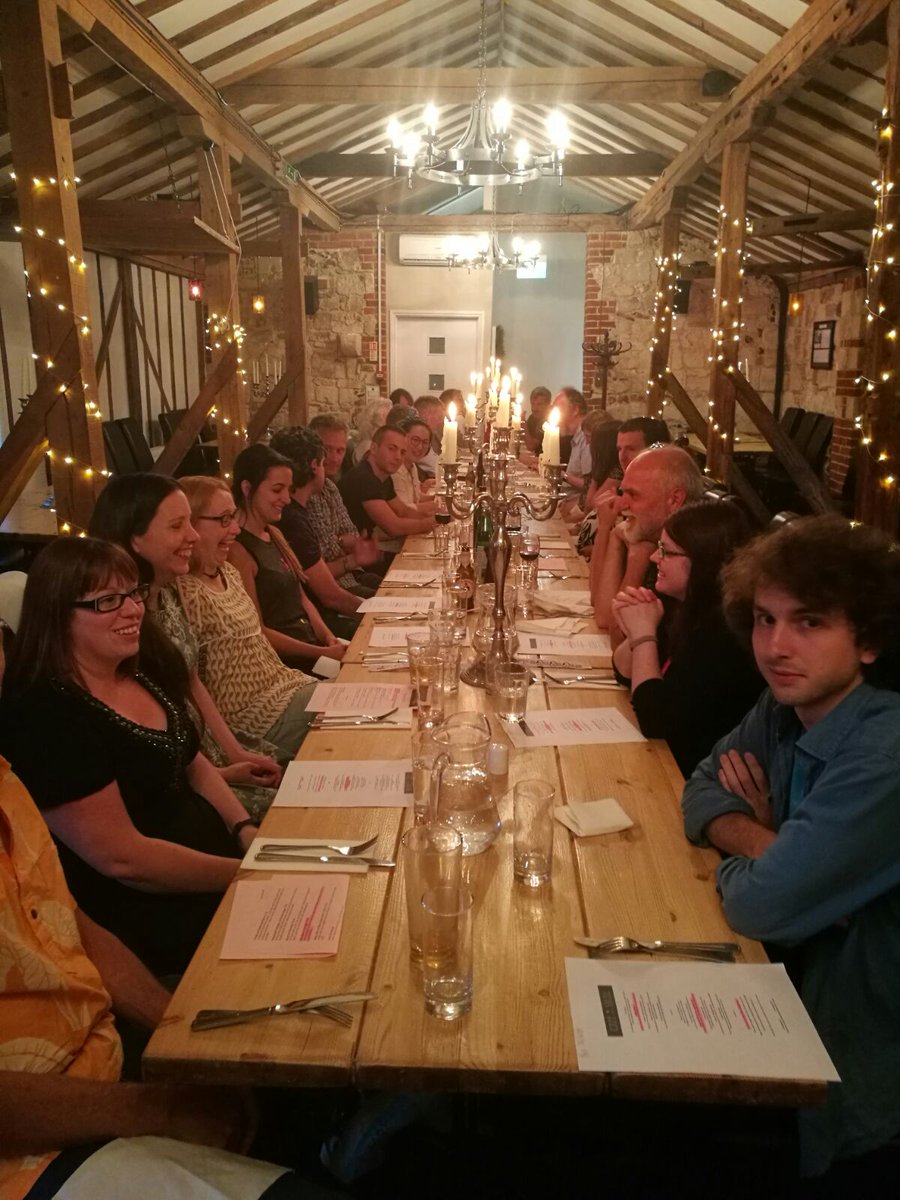


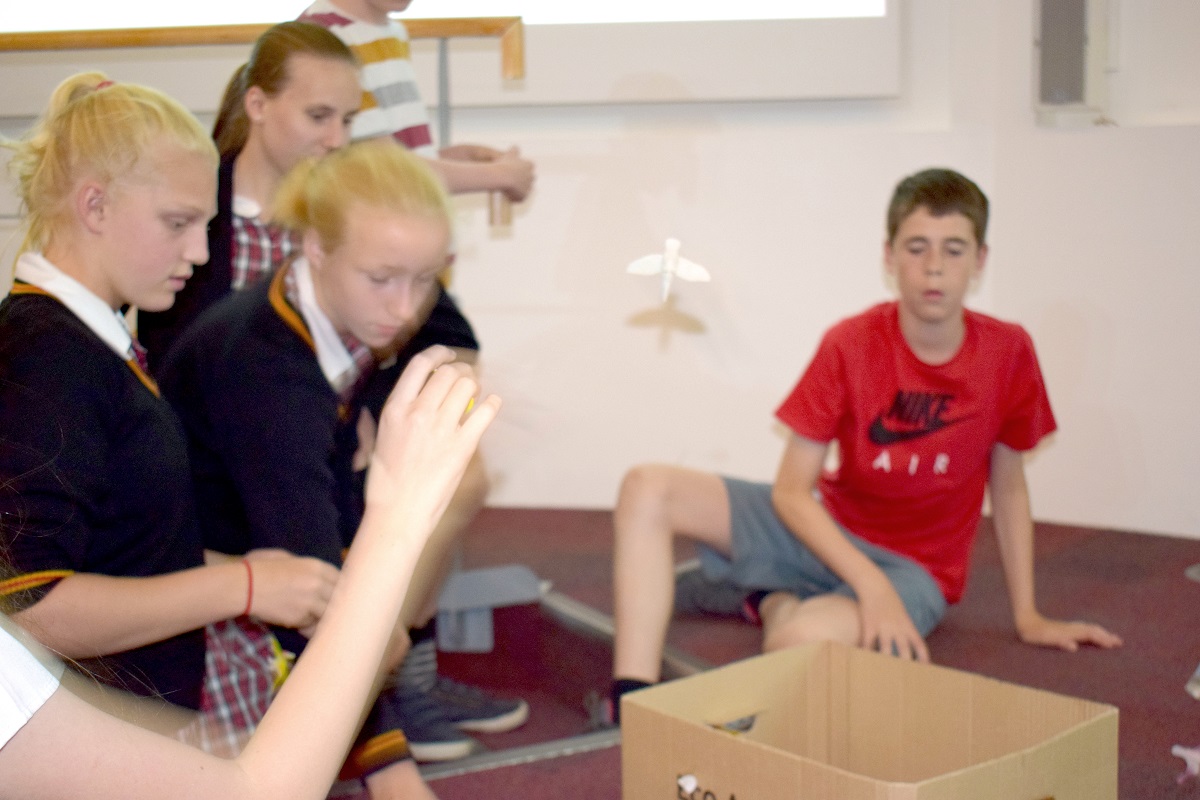 –Occupancy Modelling (looking for hidden penguins) given by Marina;
–Occupancy Modelling (looking for hidden penguins) given by Marina;
